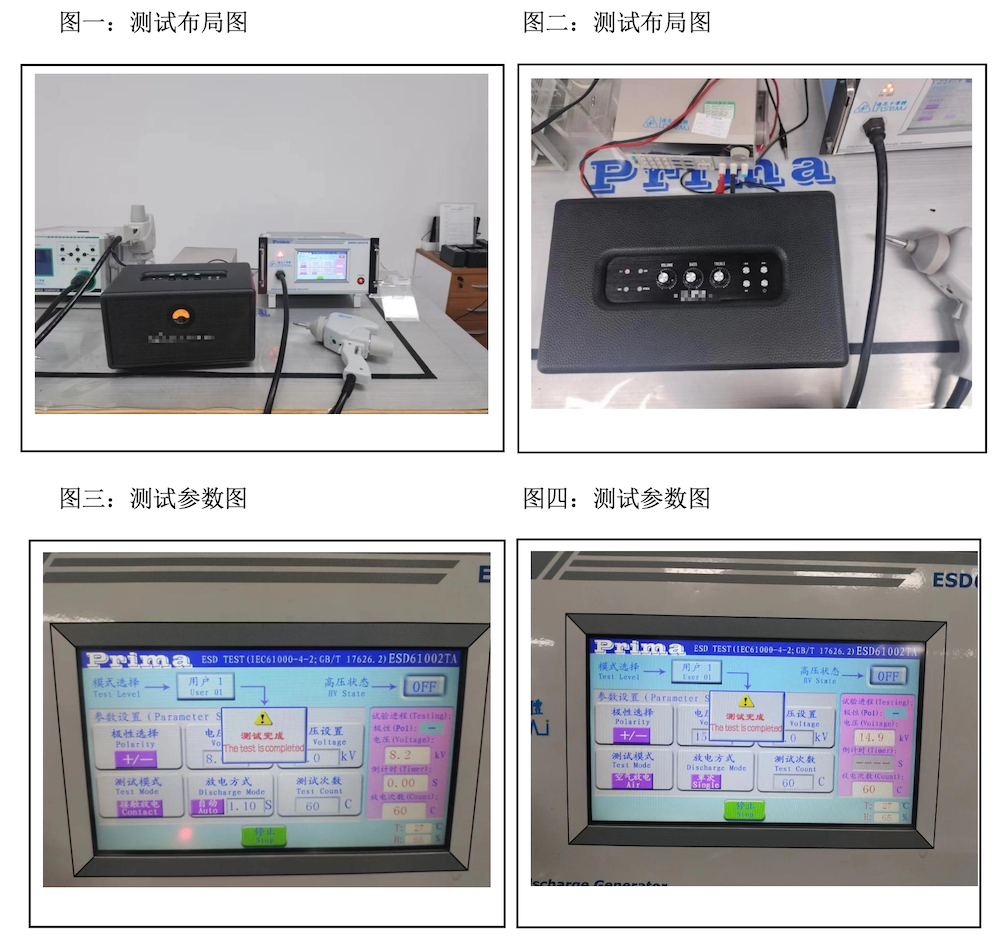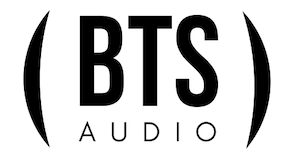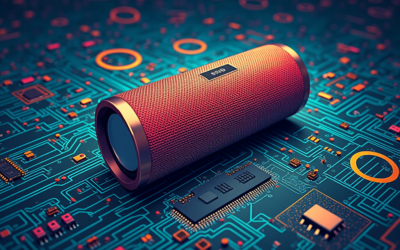In the realm of consumer electronics, Bluetooth speakers have become an essential gadget, delivering excellent audio experiences on the go. However, they are not immune to technological vulnerabilities, particularly from electrostatic discharge (ESD) events, which can lead to immediate malfunctions or cause subtle, erosive damage affecting device reliability over time. Understanding ESD protection through the lens of the IEC 61000-4-2 standard is critical for both manufacturers and consumers.
IEC 61000-4-2: The Benchmark for ESD Testing
The IEC 61000-4-2 standard is recognized globally as the benchmark for assessing the vulnerability of consumer electronics to electrostatic discharge. This standard outlines test levels for measuring both contact and air discharge impacts, ensuring that products like Bluetooth speakers can handle real-world ESD events. Specifically, contact discharge levels extend from 2 kilovolts (kV) to 8 kV, while air discharge reaches up to 16 kV. Through rigorous system-level testing, this standard ensures that entire products—not just isolated components—demonstrate ESD robustness in conditions they are likely to encounter throughout their usage. Achieving compliance with this standard is essential for manufacturers, as it enhances the reliability of their products, ultimately improving customer satisfaction.
Consumer Concerns: Reliability and Performance
For consumers, the reliability and long-term durability of Bluetooth speakers are paramount concerns when it comes to ESD protection. Customers expect unwavering performance, free from unexpected failures or audio quality degradation. Critical to consumer satisfaction are maintaining optimum audio delivery, reliable Bluetooth connectivity, and ensuring safety from significant ESD events. Manufacturers must address these expectations by embedding resilient ESD protection measures in the design and production stages. Implementing protective components and ensuring proper grounding are key strategies in meeting these demands, guaranteeing a high-performing and enduring product.
Spotting ESD Damage: What to Look For
Detecting ESD damage is not always straightforward, as symptoms may not manifest immediately. Indications of ESD damage include unexpected malfunctions, audio distortions, and connectivity issues like frequent disconnections. While not always visible, a visual inspection might reveal burnt components on the circuit board. In-depth functional testing or professional diagnostics can identify latent issues before they lead to more severe performance problems. Continuous monitoring for such issues is vital as some ESD damage takes time to manifest, potentially resulting in unexpected device failures.
Design Strategies for ESD Protection
To bolster ESD protection, a holistic design approach is imperative. Effective strategies include:
- Incorporating multi-stage protection circuits, such as a TVS diode for primary defense and high-pass filters for additional safety.
- Optimizing PCB layout by strategically placing ESD-sensitive components and utilizing robust ground planes.
- Employing ESD-specific components like chip varistors to divert undesired ESD currents.
- Utilizing shielding and comprehensive grounding techniques to limit ESD intrusion through external connections.
- Deploying low-capacitance ESD protection devices to maintain RF performance without compromising on ESD safeguarding.
By embedding these strategies during the design phase, manufacturers can significantly enhance the ESD resilience of Bluetooth speakers, minimizing risks from both immediate and latent electrostatic discharge.
BTS Audio: Our Commitment to ESD Resilience
At BTS Audio, we are proud to demonstrate our Bluetooth speakers’ resilience through stringent testing standards. Our devices pass rigorous ESD tests, enduring air discharge at 8 kV and 15 kV. This robustness underlines the reliability and high performance of our Bluetooth speakers.

To learn more about our products and commitment to excellence, please contact us today.





0 Comments